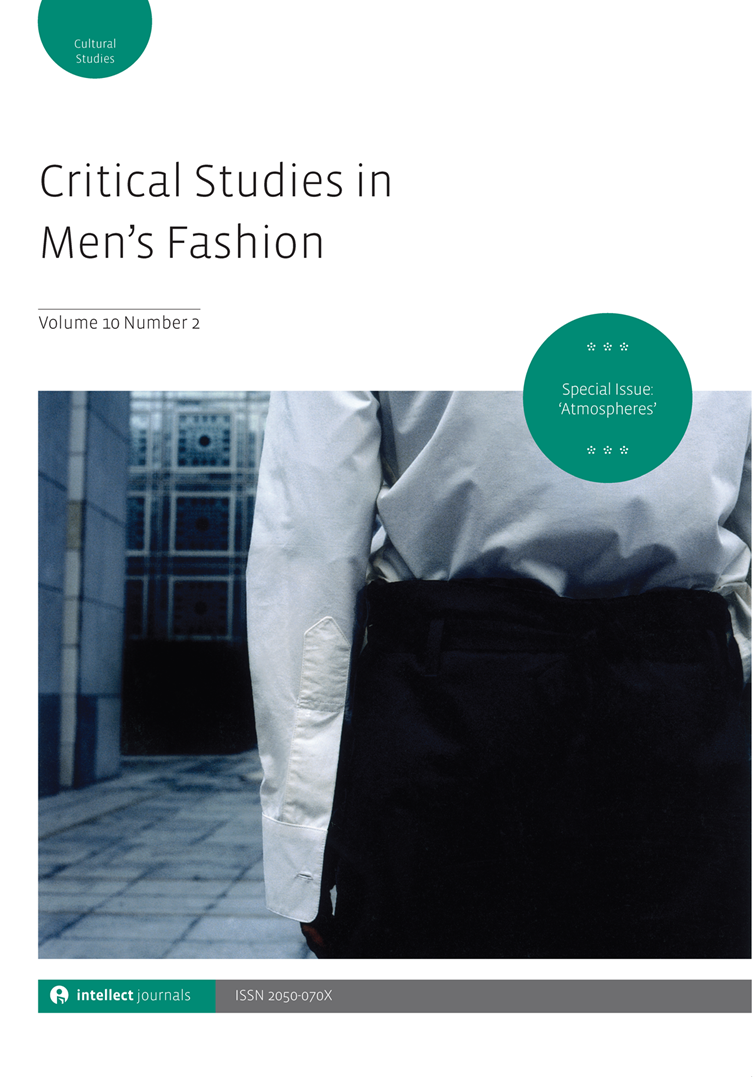
Full text loading...

Clothing is an important device by which people establish their identity in society. Men who choose to wear 1950s style clothing are signalling their identity through the established stereotypes of the 1950s despite their temporal distance from the era. This article examines the motivations of three men who choose to use 1950s style clothing in their everyday wardrobe. In doing so, it traces the complex connections between nostalgia, social identity and dress. The development of men’s fashion has followed a different trajectory from women’s, its changes being more conservative and slow-evolving. Flügel argued that men had renounced the tenets of fashion, preferring styles that reflect their rational minds, a position that has been challenged in recent years. This article demonstrates that men can and do use clothing to establish their social identities. This article finds that the clothing not only embodies their taste but also embodies their values.

Article metrics loading...

Full text loading...
References


Data & Media loading...

Publication Date:
https://doi.org/10.1386/csmf_00023_1 Published content will be available immediately after check-out or when it is released in case of a pre-order. Please make sure to be logged in to see all available purchase options.